
Virtual Reality In Manufacturing VR eBook
WHY VIRTUAL REALITY TRAINING?
Virtual reality (VR) workforce training combats this by helping companies and educators engage, onboard, upskill learners to build a high-performing, advanced manufacturing workforce and strengthen the industry’s competitiveness.
WHAT IS VR TRAINING?
The use of virtual reality in training and development is a way to bridge the gap between learning and doing.Trainees use a VR headset, like Meta Quest 2, to practice their skills on simulated equipment in a safe environment. Some VR training programs like Tooling U-SME’s Virtual Labs also offer an option to access the applied labs through desktop or laptop computer.
This immersive experience is an efficient way to safely build knowledge that contributes to confidence and proficiency.
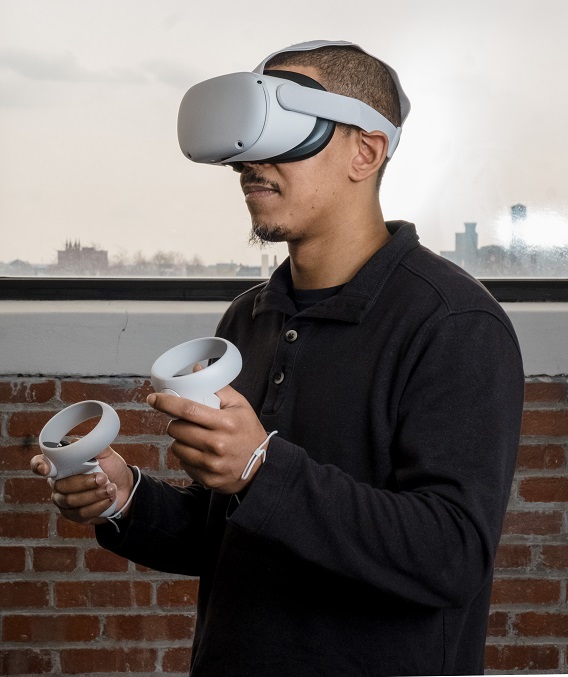
MANUFACTURING TRAINING
- Lowered Costs
- Improved Safety
- Increased Productivity
- Boosted Retention
- Increased Engagement
- Accelerated Time to Competency
- Improved Ability to Attract the Next Generation Workforce
- Deeper engagement of the Incumbent Workforce
VIRTUAL REALITY AS PART OF EXTENDED REALITY
-
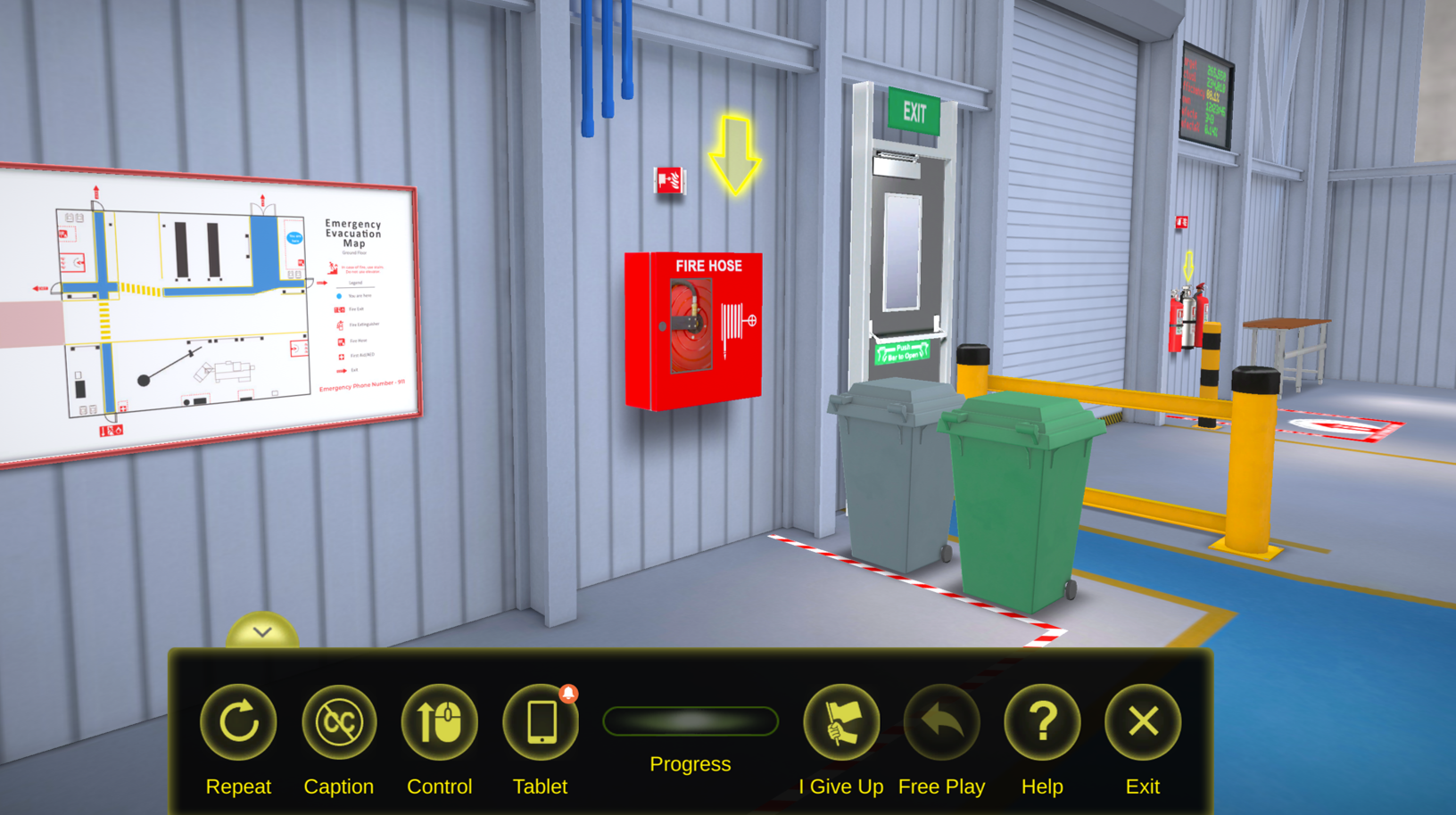 1. Virtual Reality
1. Virtual RealityVR allows users to become fully immersed in the VR environment with dedicated devices such as HTC Vive, Meta Quest, Sony PlayStation VR and Samsung Gear.
-
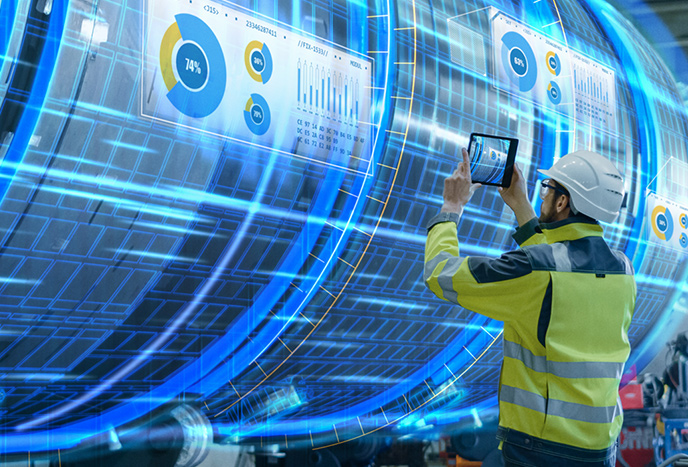 2. Augmented Reality
2. Augmented RealityAR overlays digital content such as images, video, and data onto the real world. AR devices include commonly owned tools such as smartphones and tablets, as well as smart glasses and headsets.
-
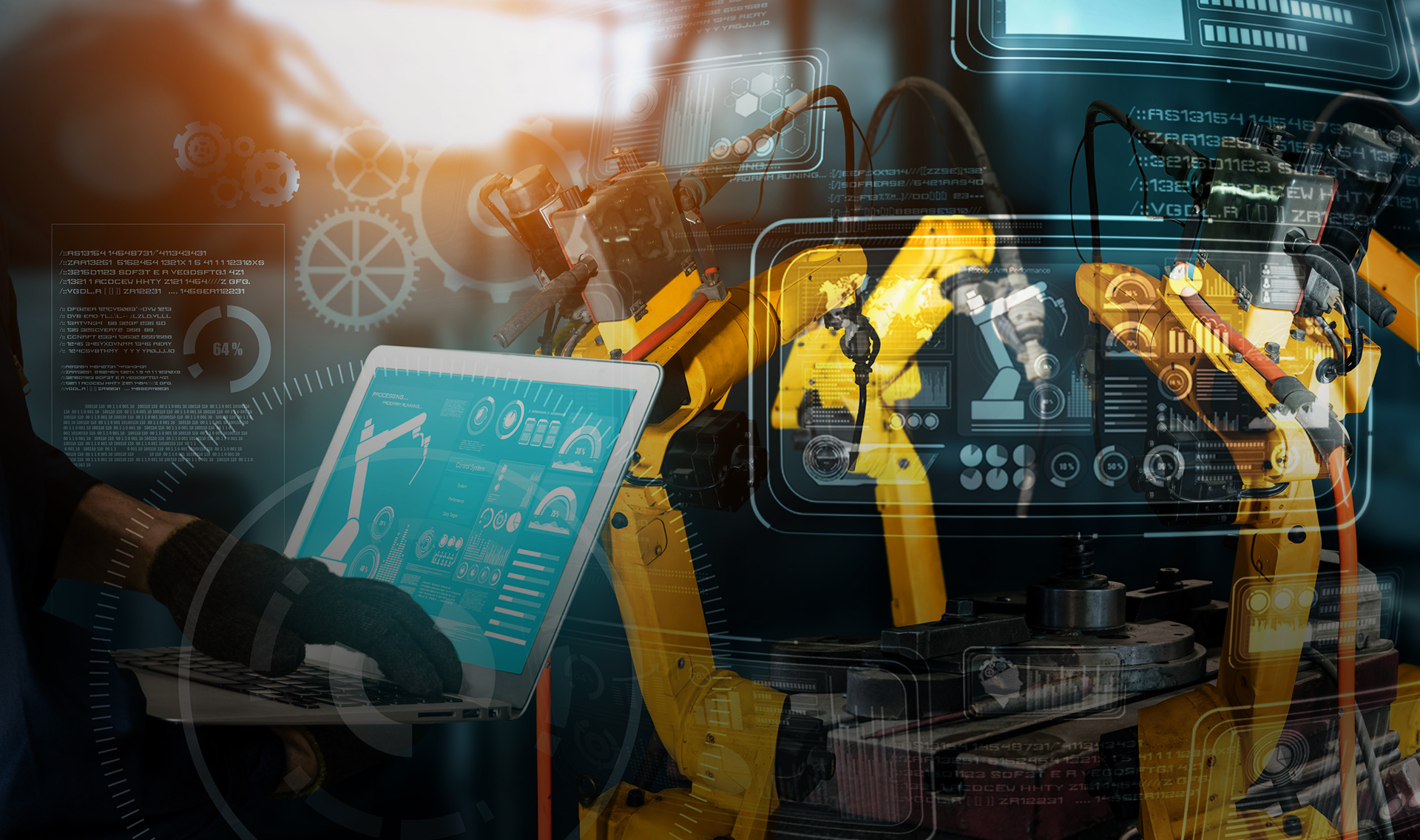 3. Mixed Reality
3. Mixed RealityMR overlays digital elements onto the real world, but it also allows users to interact with those elements through devices such as Microsoft HoloLens and Magic Leap. In manufacturing, MR is commonly used to convey virtual work instructions, and to overlay tools on different types of processes.
VR TRAINING VS. VIDEO TRAINING
USE OF VR IN MANUFACTURING
The emergence of advanced manufacturing technologies—robotics, automation, artificial intelligence, and augmented and virtual reality—is changing the way companies work and train their teams.To harness the opportunities that are available through Smart Manufacturing, we must begin to address the skills and knowledge of our people. It is essential that people keep up with technology to ensure innovation, growth, and competitiveness.
Just as the manufacturing industry is embracing technology to move better and faster into the future, we can also optimize training and its effectiveness and scalability through leveraging technology like virtual reality.
3-PRONGED APPLIED LEARNING MODEL
Learn new information through standard instruction.
Practice skills in a safe, virtual environment.
Perform tasks and apply knowledge on the job or in the classroom.
Learning styles vary and providing content in multiple formats can help retention. For instance, Tooling U-SME’s distinctive three-pronged blended learning approach separates its immersive training from existing options. Virtual Labs create the bridge between knowledge and on-the-job training in an Applied Learning Model. Based on the concept of Learn-Practice-Perform, the Virtual Labs are an efficient way to safely build knowledge that contributes to confidence and proficiency. First, learners build on the knowledge acquired in the prerequisite Tooling U-SME online classes covering subjects from machining, maintenance, and welding to Smart Skills such as additive, digital, cybersecurity, robotics, and automation. Trainees then put this knowledge into practice as they navigate the virtual environment, demonstrating that they can understand and follow instructions, perform tasks in a manufacturing setting, and answer questions. Finally, through on-the-job training (OJT), they perform each task on the shop floor or in the classroom.
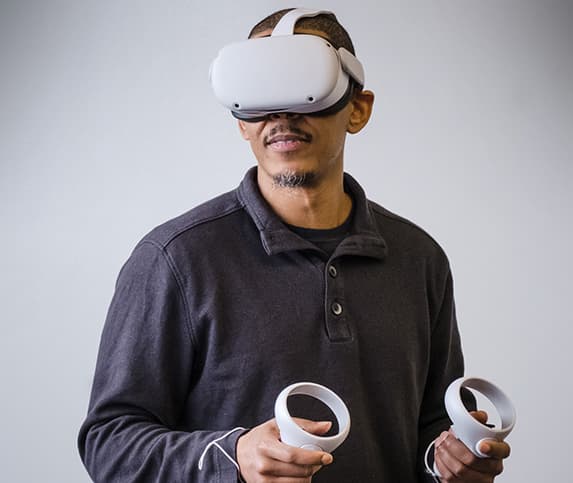
ADVANTAGES
- Flexible for different schedules and at various facilities.
- Gamification aspect of training is fun and engaging.
- Appeals to learners of all ages and experience levels, debunking the myth that VR is suited only for younger people.
- Trainees learn in a safe environment without risk of injury or broken equipment.
- New hires can practice until they feel prepared, learning through repetition.
- Scalable way to train large numbers of employees. Virtual workforce training allows companies to remotely provide an experience like a classroom of trainees without a training center and equipment.
- Allows collection of data to help with learner assessment which provides a fair evaluation of an employee’s skills and performance as they progress. Additional content recommendations can be made in real time based on gaps or progress.
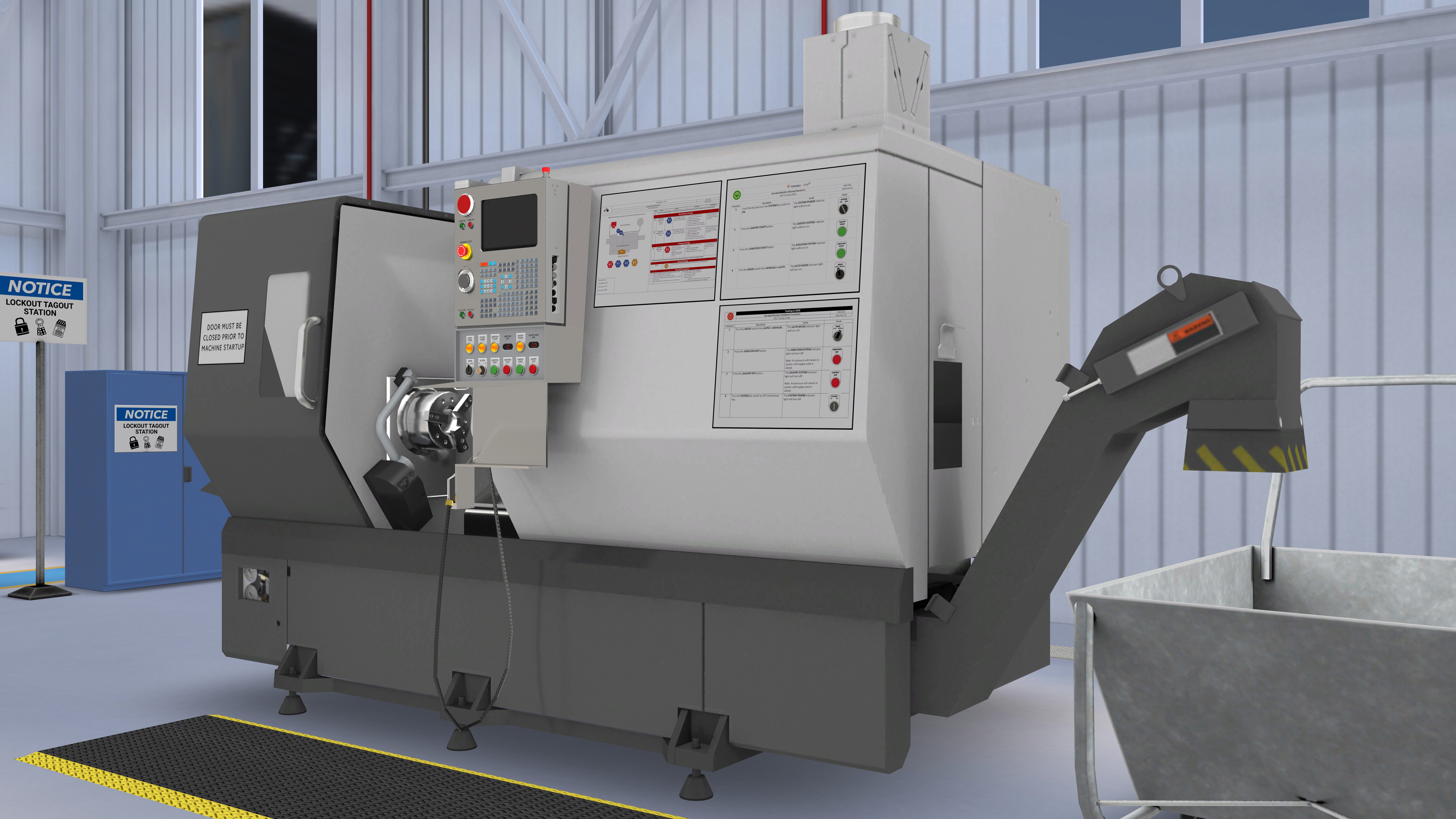
A REALITY AT YOUR PLANT
- Start with a pilot program. With a relatively small investment, you can put a Applied Learning Model program in place. Use feedback during this phase to make tweaks to your program before a formal launch. This sneak peek with select employees will build advance buzz. Proven success can help advocate for a larger training and development budget.
- Train the trainers. To support the process, for each Virtual Lab, Tooling U-SME offers a comprehensive skills guide that provides resources to help trainers bridge from the Virtual Lab environment to OJT program.
- Set up space. Identify a location with enough room for learners to move safely in the virtual environment. Some companies set up their virtual reality training in a central location, prompting other employees to request the fun, engaging training.
- Identify the best device to meet your needs. There are multiple VR solutions available. For instance, Tooling U-SME Virtual Labs are accessible using relatively inexpensive Meta Quest 2 headsets and are also available on desktop/laptop.
- Determine curriculum. What are your business goals? Which training topics accommodate multiple employees? For instance, start with foundational lessons.
- Integrate VR into a blended learning program. VR training doesn’t stand alone. Consider an Applied Learning Model like Tooling U-SME’s Virtual Labs, based on the concept of Learn-Practice-Perform. This model bridges initial learning through foundational e-learning toward an on-the-job training experience.
HOW MUCH DOES VR COST?
As an alternative, computer-based Virtual Labs, available on laptops and desktops, offer a virtual environment that is similar to computer gaming, eliminating barriers to those without a headset.
VR training decreases and, in some cases, eliminates the cost of travel and downtime for classroom training.

Applied Learning Model Accelerates Training
Read this case study and learn how an automotive parts supplier to original equipment manufacturers utilized virtual reality training to overcome talent challenges and increase the number of trained associates available to perform repair welding functions.
Read the Case StudyVR At-A-Glance:
- The global AR and VR market is expected to grow by nearly $163 billion from 2020 to 2025.1
- By 2023, it’s projected there will be nearly 66 million VR users in the U.S.2
- Researchers found that people remember information better if it is presented to them in a virtual environment.3
The Virtual Labs are based upon research supported by, or in part by, the U.S. Office of Naval Research under award number N00014-19-1-2742.
1 “Augmented Reality and Virtual Reality Market by Technology and Geography - Forecast and Analysis 2021-2025,” Technavio, May 31, 2022
2 “Number of virtual reality (VR) and augmented reality (AR) users in the United States from 2017 to 2023,” Statista 2022.
3 University of Maryland. “People recall information better through virtual reality." ScienceDaily. ScienceDaily, 13 June 2018

